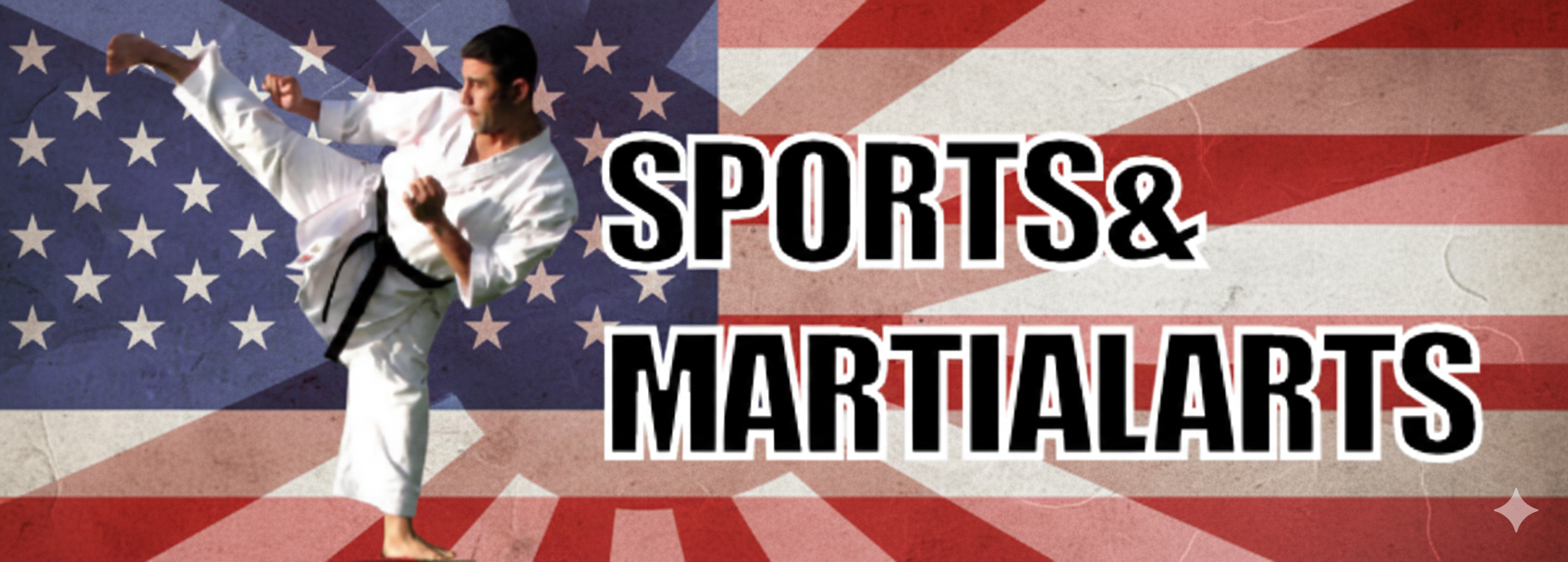Contents
- 1 Side Elbow Strike in Karate
- 1.1 Why this is an essential strike in Self-Defense
- 1.2 Key Scenarios for Using the Side Elbow Strike:
- 1.3 How to Execute the Side Elbow Strike
- 1.4 1. Start in Horse Stance (Kiba Dachi)
- 1.5 2. Look Over Your Shoulder
- 1.6 3. Position Your Arms
- 1.7 4. Deliver the Strike
- 1.8 Potential Targets for the Side Elbow Strike
- 1.9 Recommendations for Mastery
- 1.10 Conclusion
- 1.11 Karate Requirements
- 1.12 Related
Side Elbow Strike in Karate
The side elbow strike, or “yoko empi uchi” in traditional karate, is a highly effective move used in both self-defense situations and kata practice. This compact and powerful strike is especially useful against attackers approaching from the side or attempting to grab you from behind. By mastering this technique, you can deliver a precise blow to vital targets, ensuring your safety in critical moments.
Why this is an essential strike in Self-Defense

The side elbow strike is an ideal technique for close-quarters combat. Its compact nature makes it perfect for situations where space is limited, such as during a bear hug or when an attacker is within arm’s reach.
Key Scenarios for Using the Side Elbow Strike:

- Bear Grab Defense: When someone attempts to grab you from behind or the side, the side elbow strike can break their grip or disorient them, and also create a safe distance from the attacker.
- Side Attacks: If an assailant approaches from your flank, this strike can neutralize the threat before they gain control.
In addition to its self-defense benefits, the side elbow strike is often practiced in traditional karate katas, where its precise execution symbolizes discipline and mastery.
How to Execute the Side Elbow Strike

Follow these step-by-step instructions to perform the side elbow strike with precision:
1. Start in Horse Stance (Kiba Dachi)
- Stand with your feet wide apart and knees bent in a stable horse stance.
- This stance provides balance and generates power for your strike.
2. Look Over Your Shoulder
- Turn your head to the side where the strike will be delivered.
- This ensures accuracy and situational awareness.
3. Position Your Arms
- Bring your striking hand (e.g., right hand) across your chest to your opposite shoulder.
- Keep your non-striking hand in a chamber position at your ribs or hip.
4. Deliver the Strike
- Use your elbow as the striking point, driving it sharply to the side.
- Ensure the motion is swift and powerful, aiming to connect with the intended target.
Potential Targets for the Side Elbow Strike

The effectiveness of this strike lies in targeting the attacker’s vulnerable areas. Here are the most common targets:
- Side of the Face or Jaw: A well-placed strike here can disorient or incapacitate an attacker.
- Solar Plexus: Striking this area can knock the wind out of an opponent, creating an opportunity to escape.
- Ribs: A strong elbow to the ribs can cause significant pain and disrupt an assailant’s movement.
Recommendations for Mastery
To enhance your proficiency with the side elbow strike, follow these tips:
- Practice Regularly
- Include the side elbow strike in your regular training routine to develop muscle memory and precision.
- Focus on Accuracy
- Use a target pad or focus mitt to refine your aim. Accuracy is crucial in self-defense scenarios.
- Engage Your Core
- Generate power by engaging your core muscles, ensuring your strike is both fast and strong.
- Pair with Footwork
- Combine the strike with proper foot positioning to maintain balance and maximize impact.
- Stay Alert
- Always maintain situational awareness to anticipate threats and react effectively.
Conclusion
This strike is a cornerstone of traditional karate and an invaluable tool for self-defense. By mastering its execution and understanding its applications, you can protect yourself against unexpected attacks. Whether practicing in kata or real-world scenarios, this technique embodies the essence of karate—discipline, precision, and effectiveness.
Embrace the power of the side elbow strike and incorporate it into your training for a well-rounded defense strategy.
Karate Requirements
- Karate Stances
- Karate Punches
- Karate Kicks
- Karate Blocks
- Karate Strikes
- Karate Traditional Katas
- Karate Traditional Weapons
- Karate General Terminology
Follow our Social Media!











